5. Betrayal (1983)
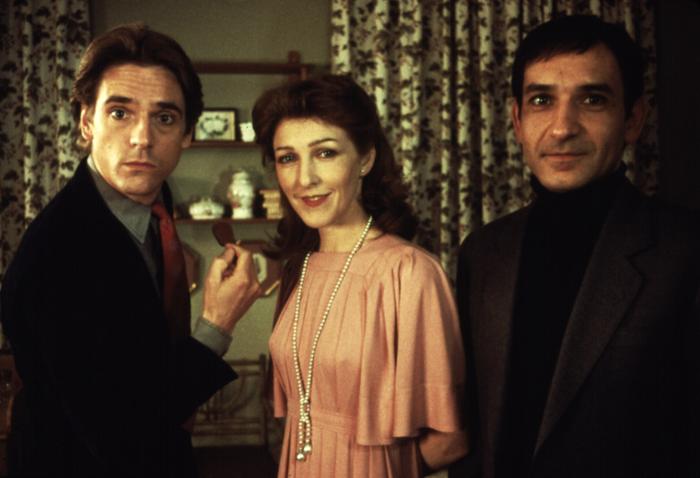
Emma and her husband Robert have been arguing lately. Robert tells her about a secret affair with another woman. A short time later she is sitting with Jerry in a restaurant and they are talking about their previous secret affair. It turns out that Emma told Robert a long time ago. Jerry asks Robert to talk to him that evening and more revelations follow.
This story of a long-term affair between a literary agent and a publisher’s wife becomes an ironic parable on the imponderability of the concept of loyalty, moral norms, and human feelings. With titles such as “Two years earlier” and “One year earlier,” nine sequences are shown in reverse chronological order with Emma and Jerry meeting for the first time at the conclusion of the film.
Even though it was nominated for an Academy Award for its screenplay and features tour-de-force performances from Jeremy Irons and Ben Kinglsey, “Betrayal” is unfortunately a very underseen movie which deserves a bigger audience. Its structure, with the story going backwards, is what impressed Ebert most. He adds: “It shows, heartlessly, that the very capacity for love itself is sometimes based on betraying not only other loved ones, but even ourselves.” Since it’s based on a play, it feels little theatrical in its staging but the story is very intense, the situations are believable, and the performances are brilliant.
4. An Angel at My Table (1990)
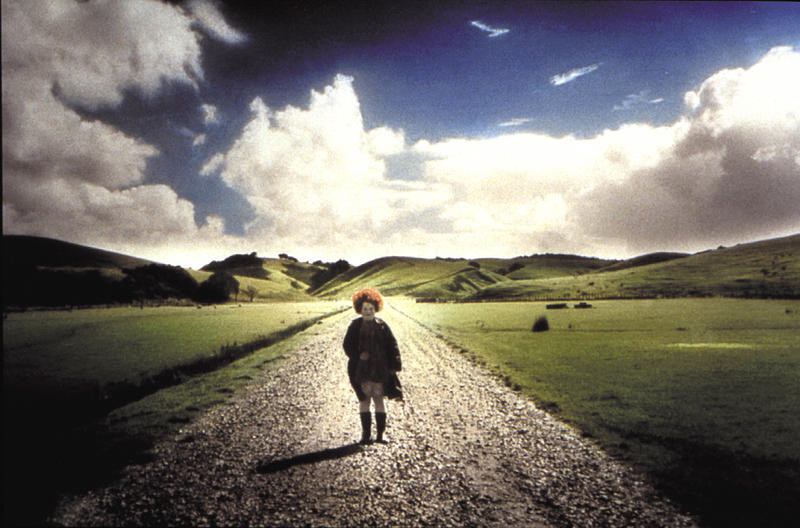
Little Janet Frame grew up in a poor but large family. With her chubby appearance, red curly hair, and shabby clothes, life is not easy for her, as she corresponds to everything other than the ideal of beauty. Nevertheless, as a country girl, she is enthusiastic about literature and classical music and wrote her first poems as a child. As an outsider, she largely avoids gatherings of people and prefers being creative and strolling through nature alone.
The movie is based on New Zealand author Janet Frame’s three autobiographies: “To the Is-Land” (1982), “An Angel at My Table” (1984), and “The Envoy from Mirror City” (1984), “An Angel at My Table” is a brilliant film by Jane Campion. She celebrates the creative process with remarkable attention to detail and excellent cinematography. It’s about two and a half hours long, but it never feels long. In fact, you can’t get enough of it. It feels “strangely engrossing” as Ebert himself put it. He concludes his review with following words which excellently describes why the film is so special: “It is told with a clarity and simplicity that is quietly but completely absorbing. Yes, it is visually beautiful, and, yes, it is well-acted, but it doesn’t call attention to its qualities. It tells its story calmly and with great attention to human detail and, watching it, I found myself drawn in with a rare intensity.”
3. Light Sleeper (1992)
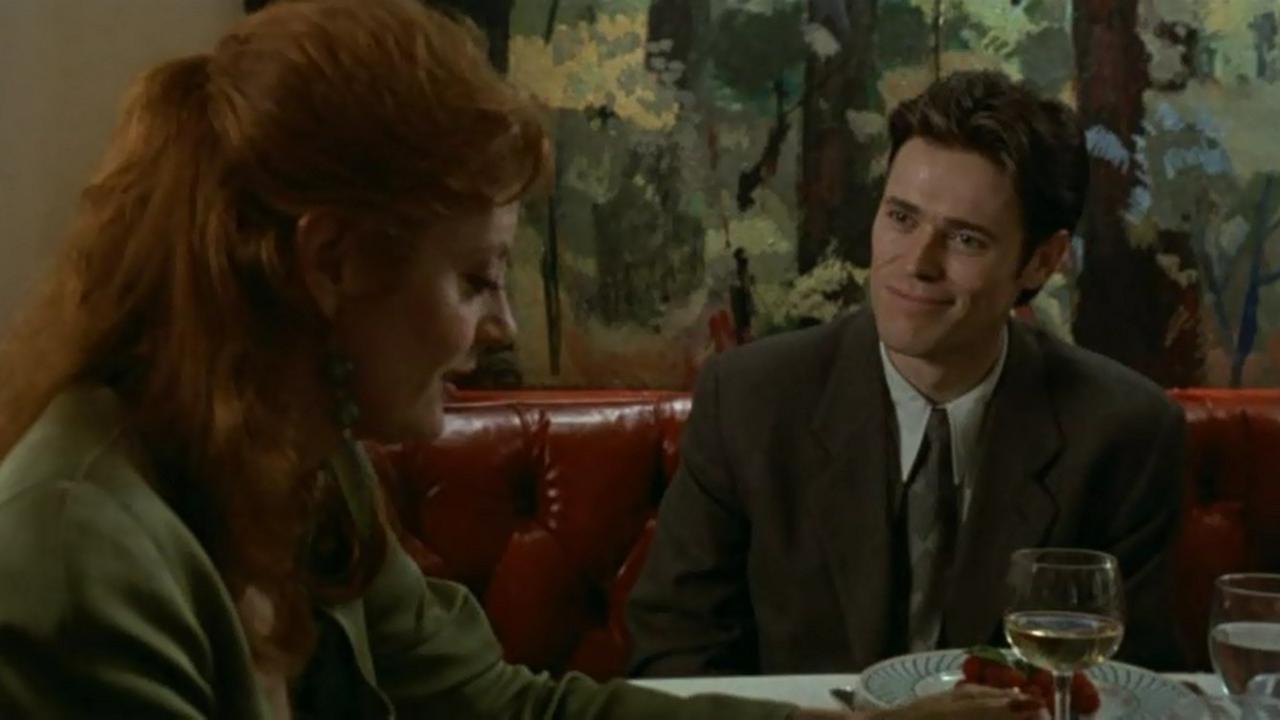
Paul Schrader’s recent success with “First Reformed” hopefully brought him some new fans to check out his previous works. Schrader usually says no matter what he does, he’ll always be remembered as the writer of “Taxi Driver” even though he had an accomplished directorial career with “Blue Collar,” “Hardcore,” “Mishima,” “Auto Focus” and “Affliction.” Schrader is always interested in loner guys who simply try to find a meaning in their life or justify their existence, from “Taxi Driver’ to “First Reformed.”
“Light Sleeper” is one of those films, with an outstanding performance by regular Schrader collaborator Willem Dafoe; the film follows a drug dealer who is not sure of what he is doing and keeps thinking about his future, dealing with insomnia and his own demons. Dafoe’s portrayal is so strong that you keep engaged with this man’s story; you understand him and care about him.
Ebert was a huge champion of Schrader’s works; he gave four stars to all films mentioned so far as well as to all Schrader-scripted Scorsese films. This one is not among exceptions. He admits that the movie is somewhat similar to Schrader’s other lonely men stories, but he felt this one has more humanity in comparison and much sadder in tone. He said: “This movie isn’t about plot, it’s about a style of life, and the difficulty of preserving self-respect and playing fair when your income depends on selling people stuff that will make them hate you.” While the film is Dafoe’s show, Susan Sarandon should also get a mention for her scene-stealing turn, and there’s also a wonderful soundtrack by the late Michael Been.
2. Saint Jack (1979)
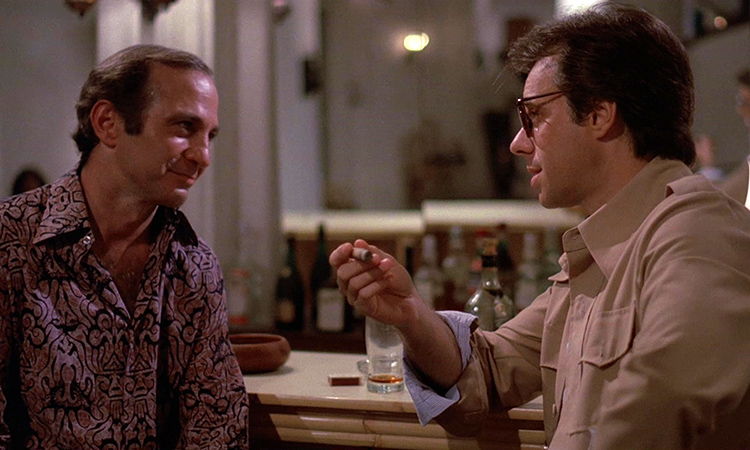
Peter Bogdanovich had a hell of a run between “Targets” and “Paper Moon,” until he made three flops back-to-back even though they’re better received now than they did back in their time. He took a little break from filmmaking until he came back with the “Saint Jack” and “They All Laughed” duo, two films that had somewhat of a cult following among the next generation of directors like Wes Anderson, Quentin Tarantino and Noah Baumbach.
“Saint Jack” is notable for being shot in Singapore entirely and then getting banned for years there, since it was about prostitution and did not necessarily portray the place in a positive light. However, “Saint Jack” is a terrific character study about an American hustler in Singapore, elevated by Ben Gazzara’s brilliant performance and Bogdanovich’s sensitive direction. You care about this character, his morals, his daily problems. He has his own flaws, but Gazzara turns him into a likable and charismatic character with a complex nature.
Unlike most of Bogdanovich’s films, this one is more character-driven. It is also full of some nice plot details; there are many supporting characters here, but Bogdanovich is so good at creating the atmosphere that you feel like, just like Jack, you know them all as well as he does. Ebert was also disappointed with Bogdanovich’s post-“Paper Moon” works but he loved “Saint Jack” and called it a return to form for him. He loved that you feel real feelings for the place and for the time, since it’s shot on location. He ended up calling the film “a grown-up Casablanca.” It’s also probably the only American film to ever be entirely shot on location in Singapore.
1. The Lacemaker (1977)
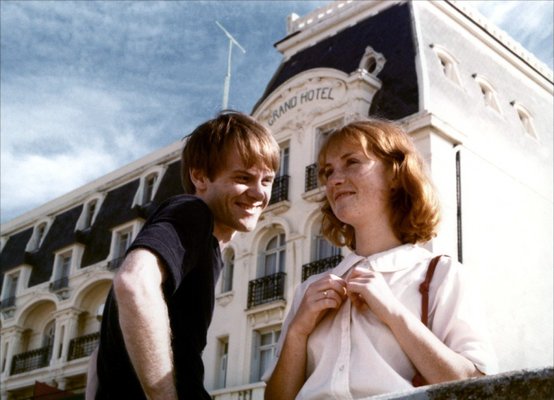
The withdrawn, inconspicuous Béatrice works in a hairdressing salon and one day meets the educated François, who comes from a wealthy family and becomes her first friend. He explains to her, also at the urging of his friends, that she needs to develop further, to continue training, to which she apparently does not react. François’ incomprehension and Béatrice’s speechlessness ultimately leads to the breakdown of the relationship.
Isabelle Huppert has always been the master at exploring the inner psychology of her characters and showing it with more subtle details rather than going over-the-top. Here she’s “wonderfully subtle,” as Ebert puts it, because as he says, it’s a very difficult task if you have to project your inner feelings while playing a character whose whole personality is based on the concealment of feeling. The movie brought her a Cesar nomination alongside wins for BAFTA and David di Donatello. Many felt she should have been the winner at Cannes in that particular year as well, but the movie is more than Huppert’s performance, of course. It’s a subtle study of the alienation between two people separated by language and educational barriers and the moving story of a plaintive silence.
Ebert disagreed with the film being seen as Marxist in tone. He thought the writer and director “are looking with compassion on both characters” and while he thinks it’s probably a difficult film to make, they succeed at it because director Claude Goretta “knows his characters and knows the territory of their souls.”